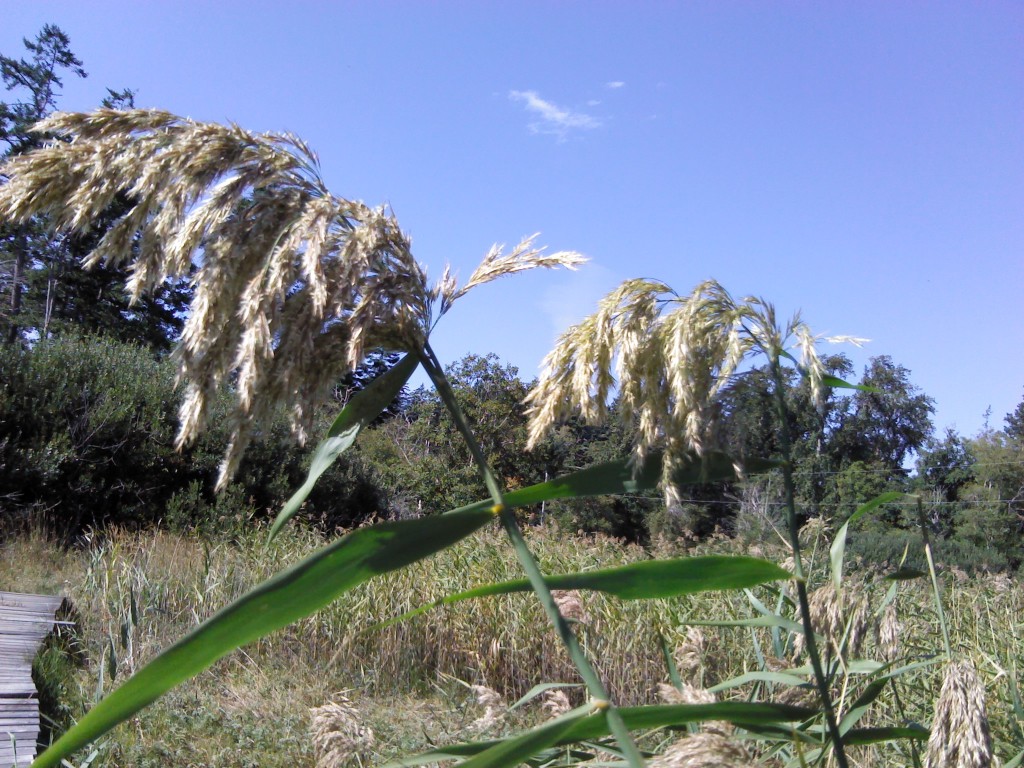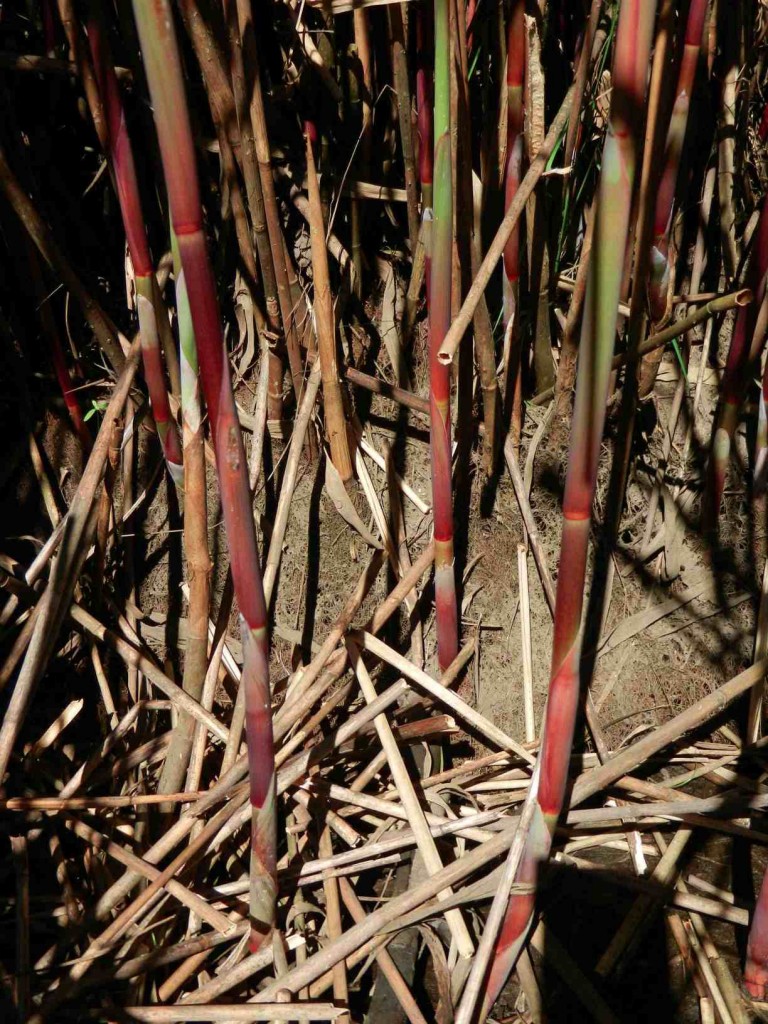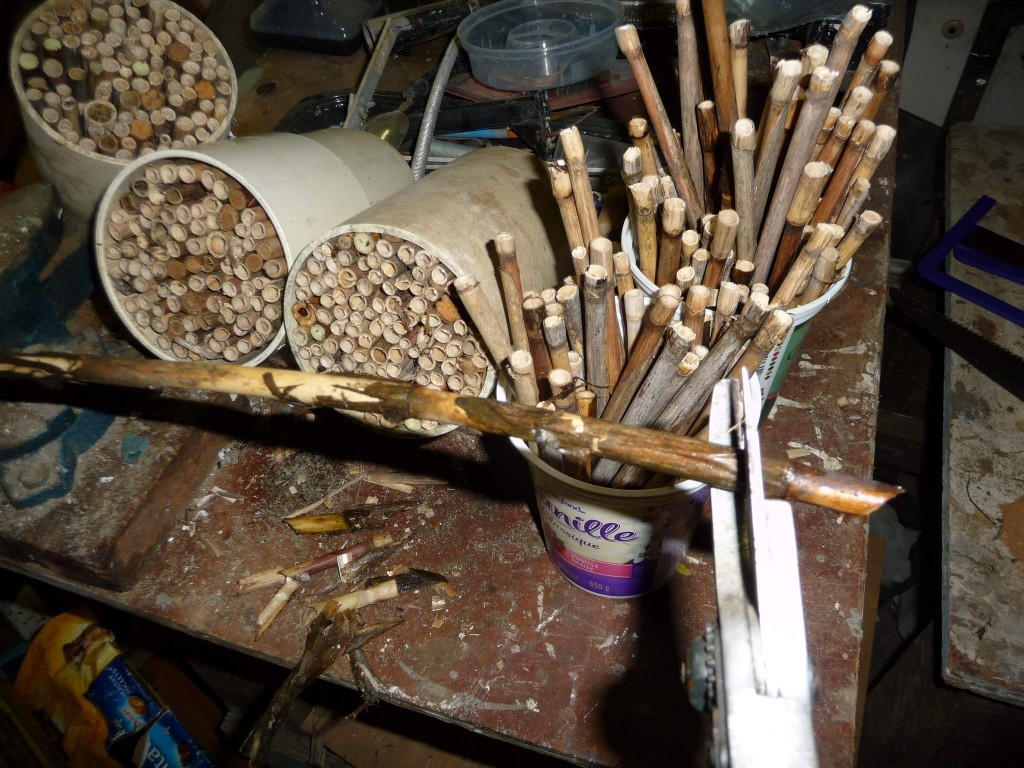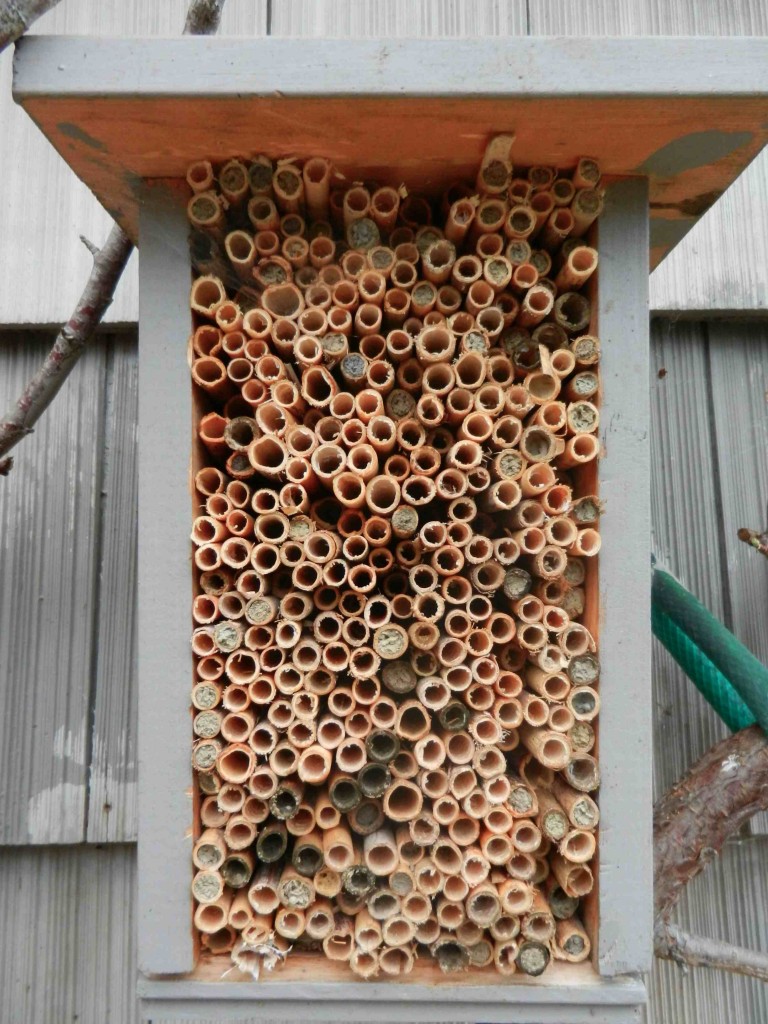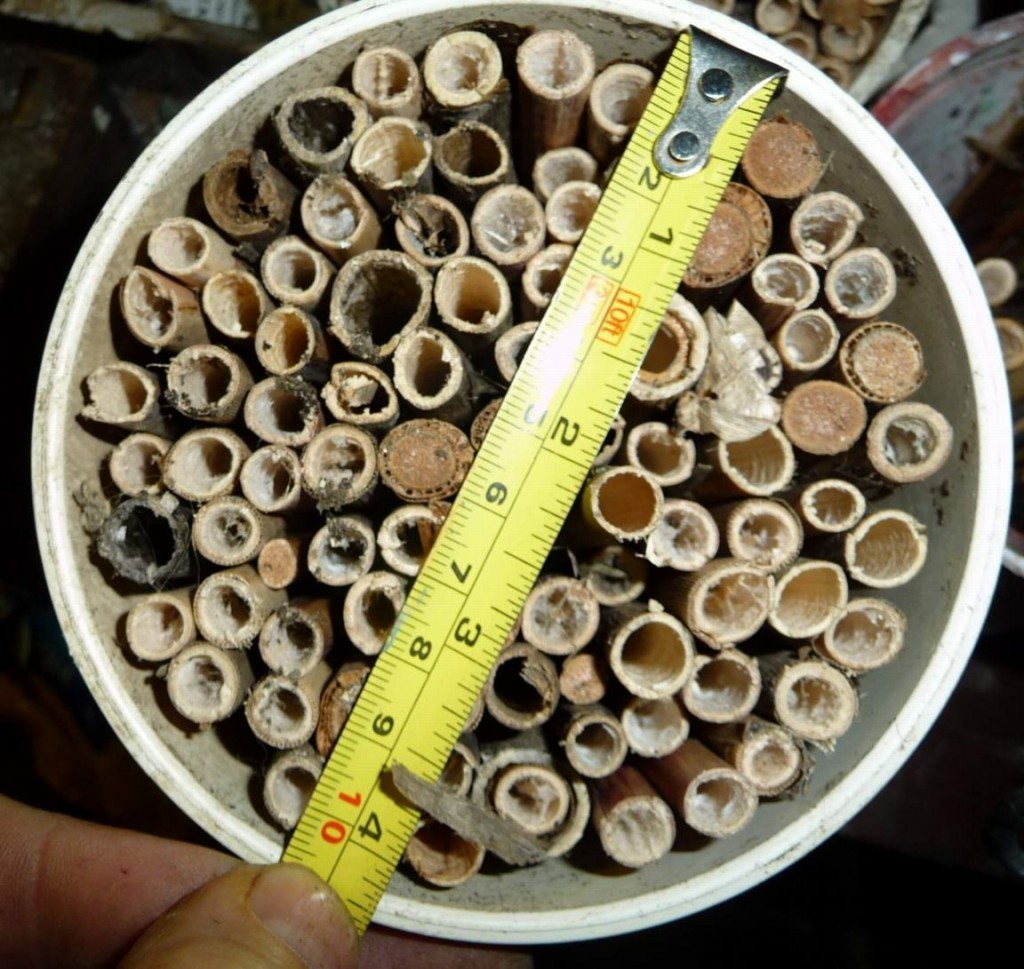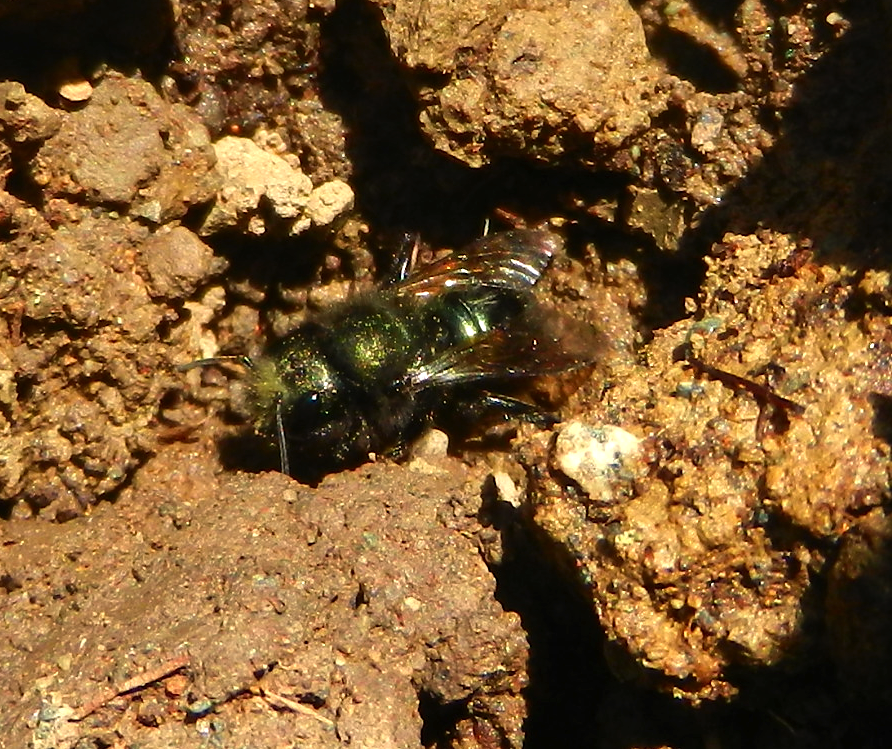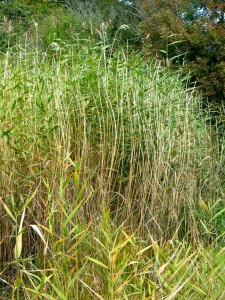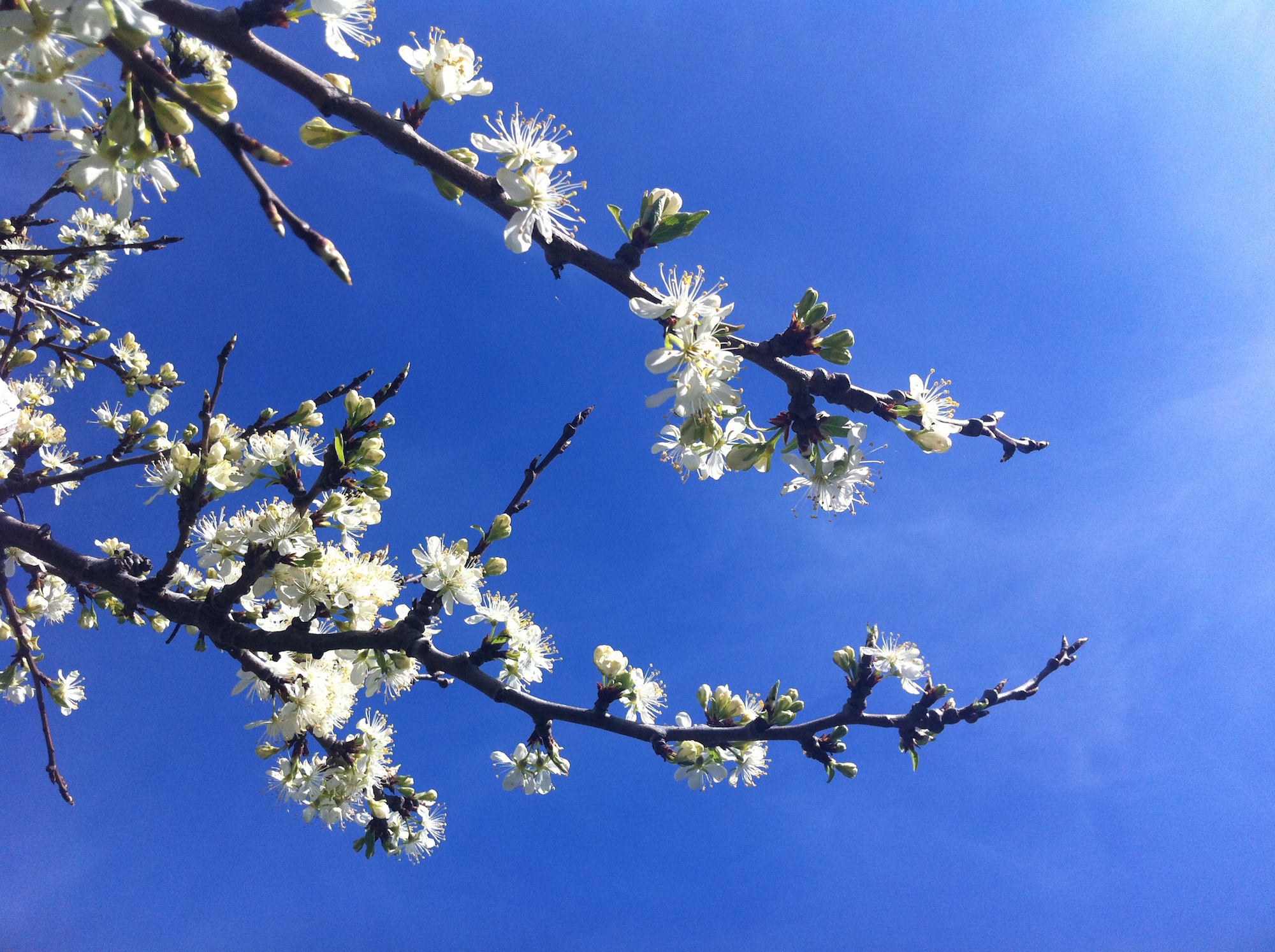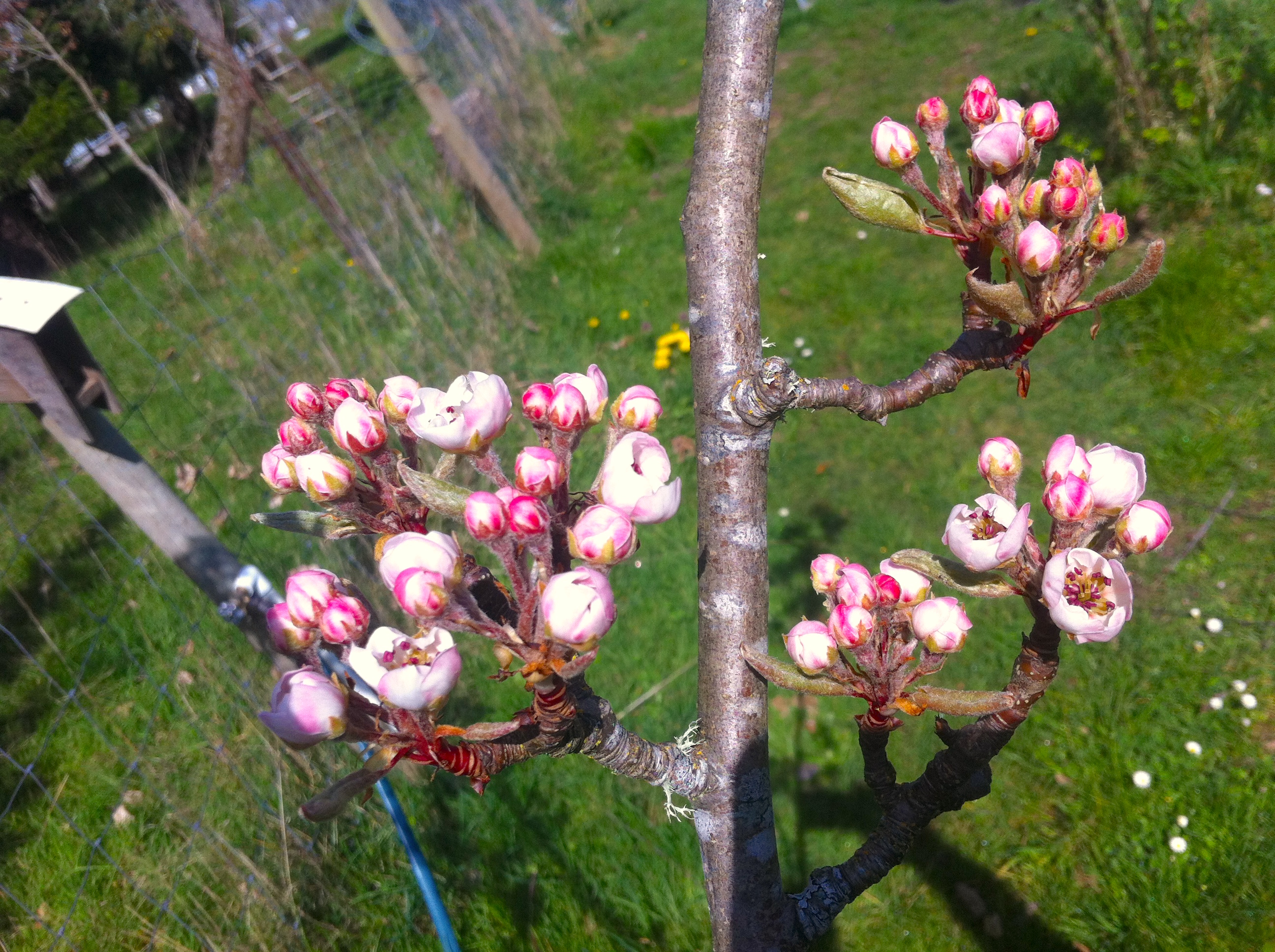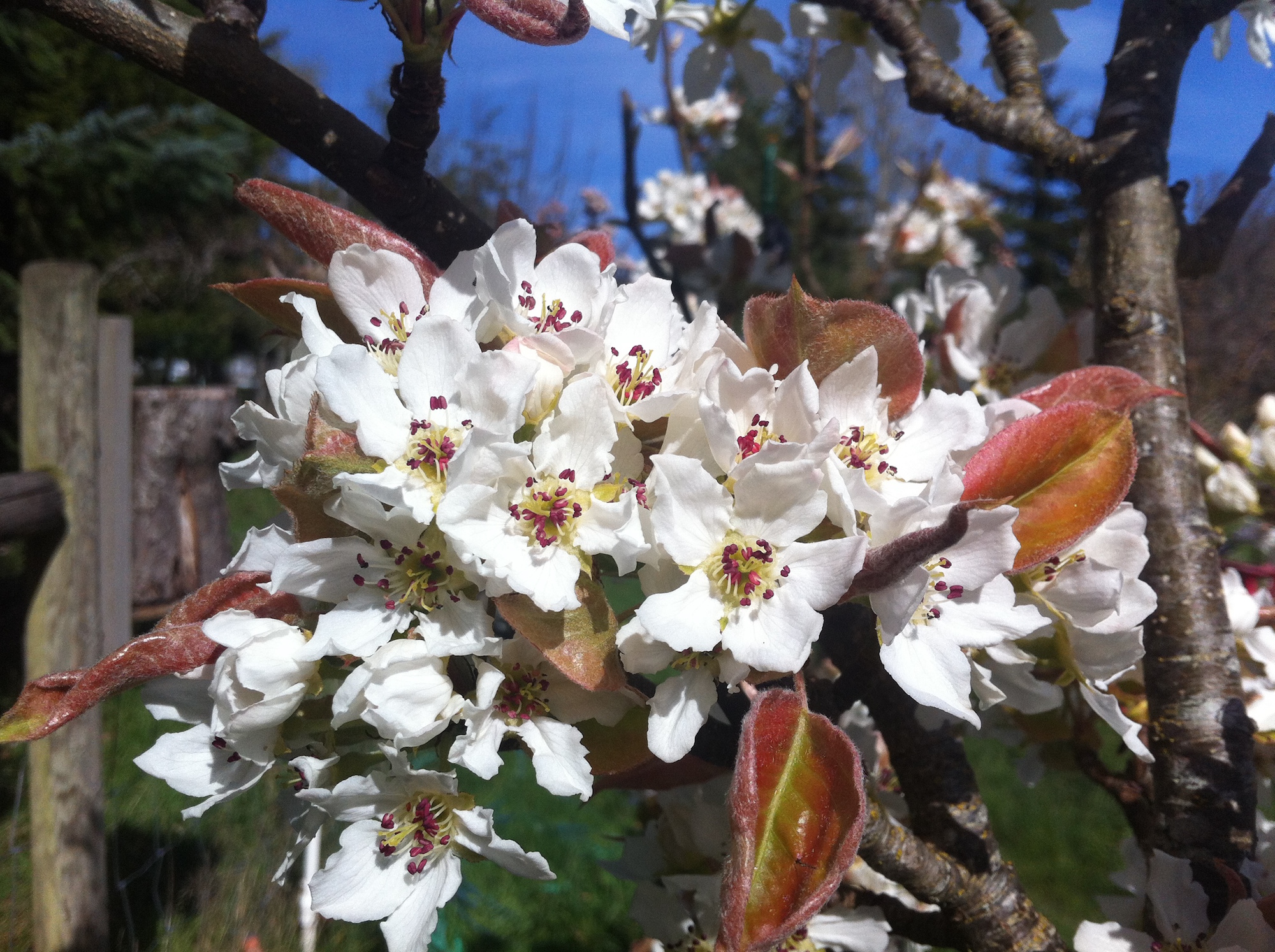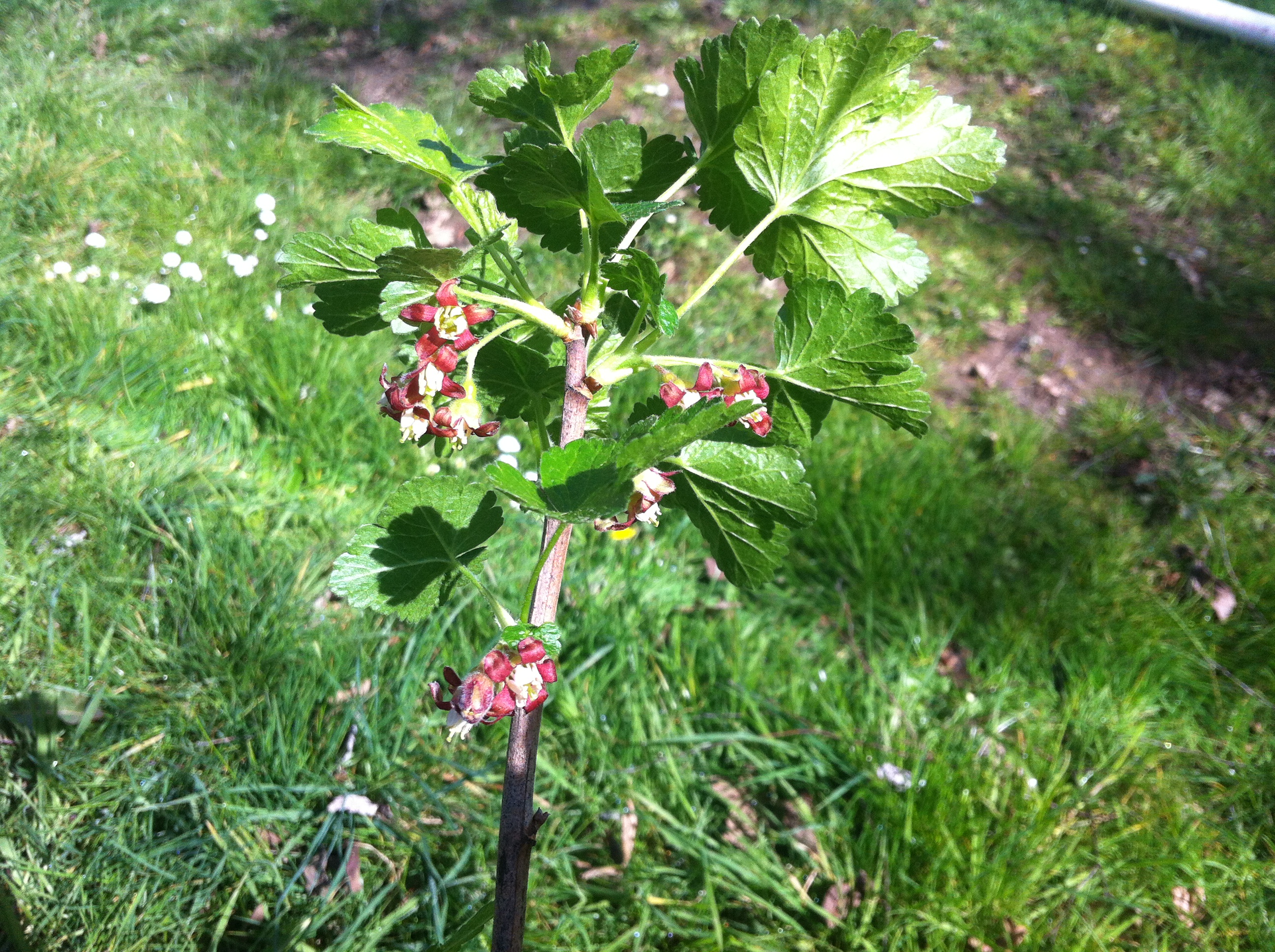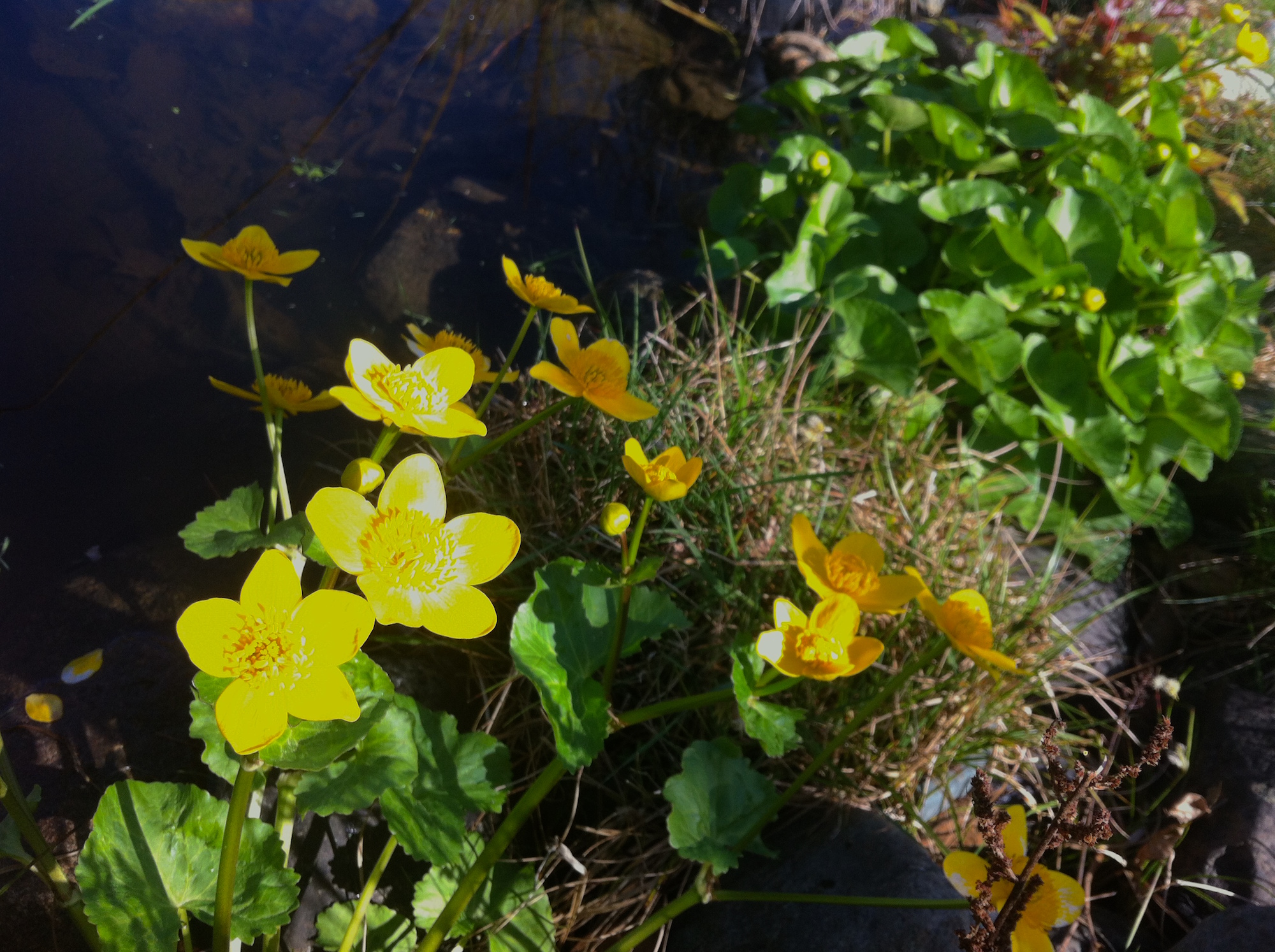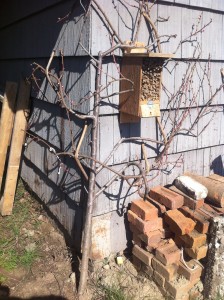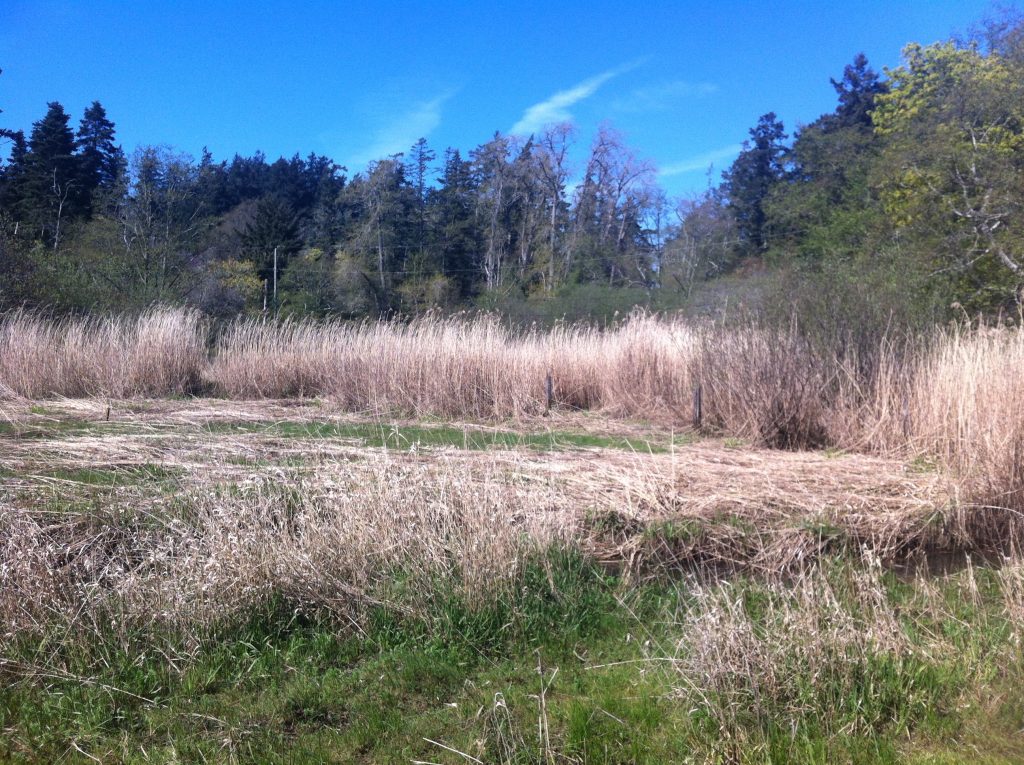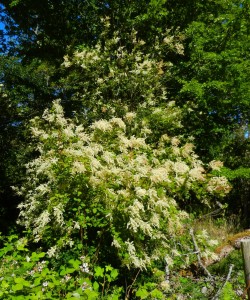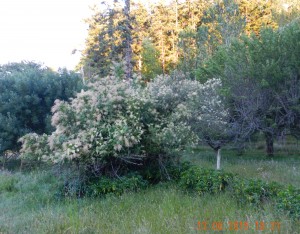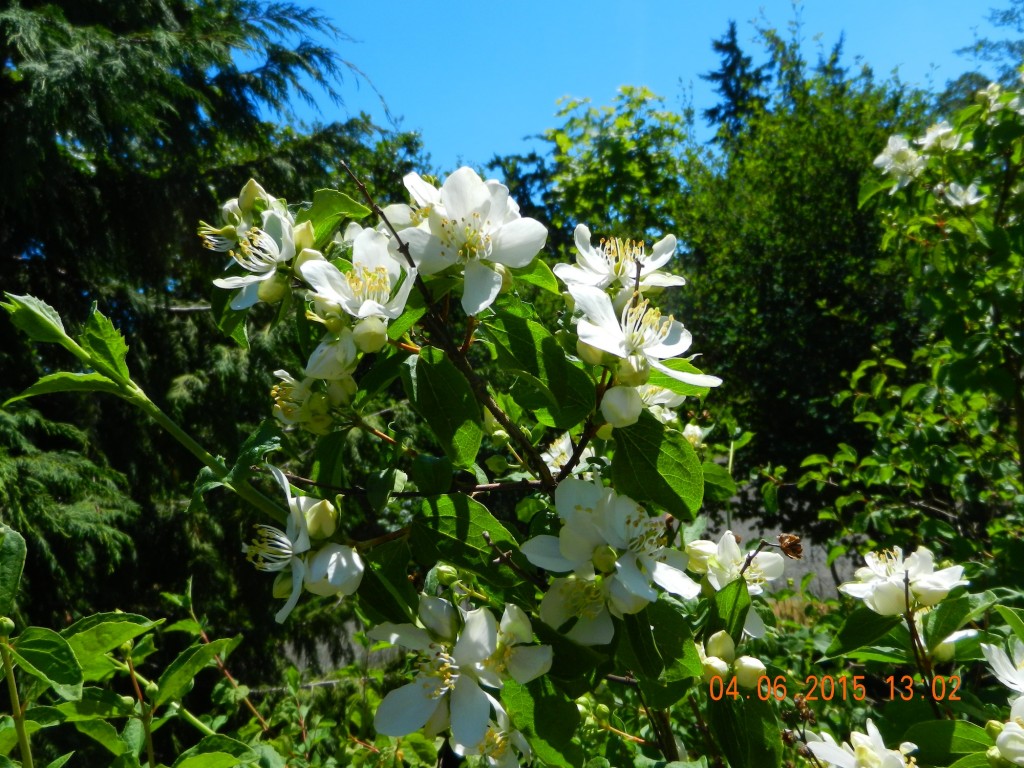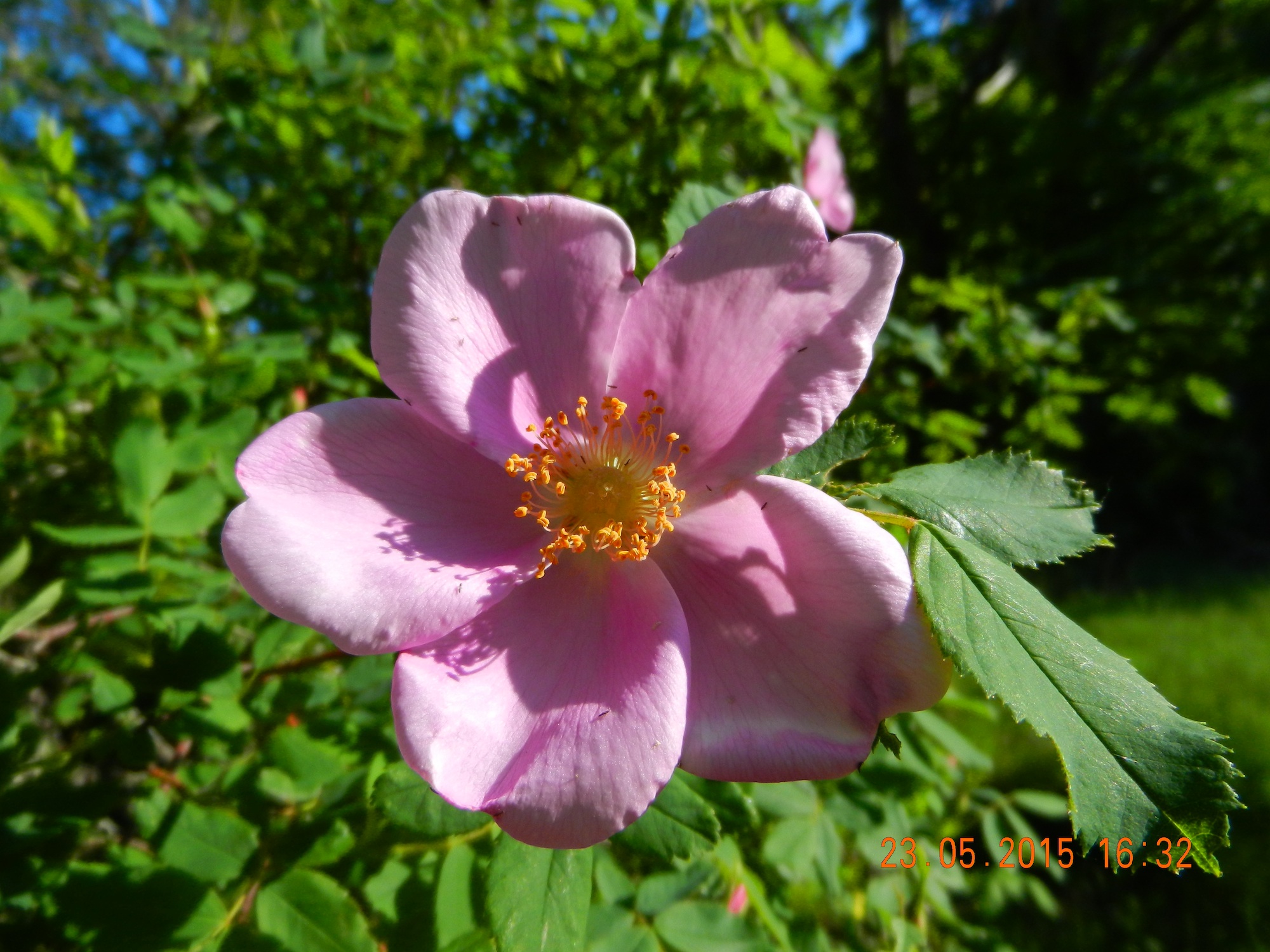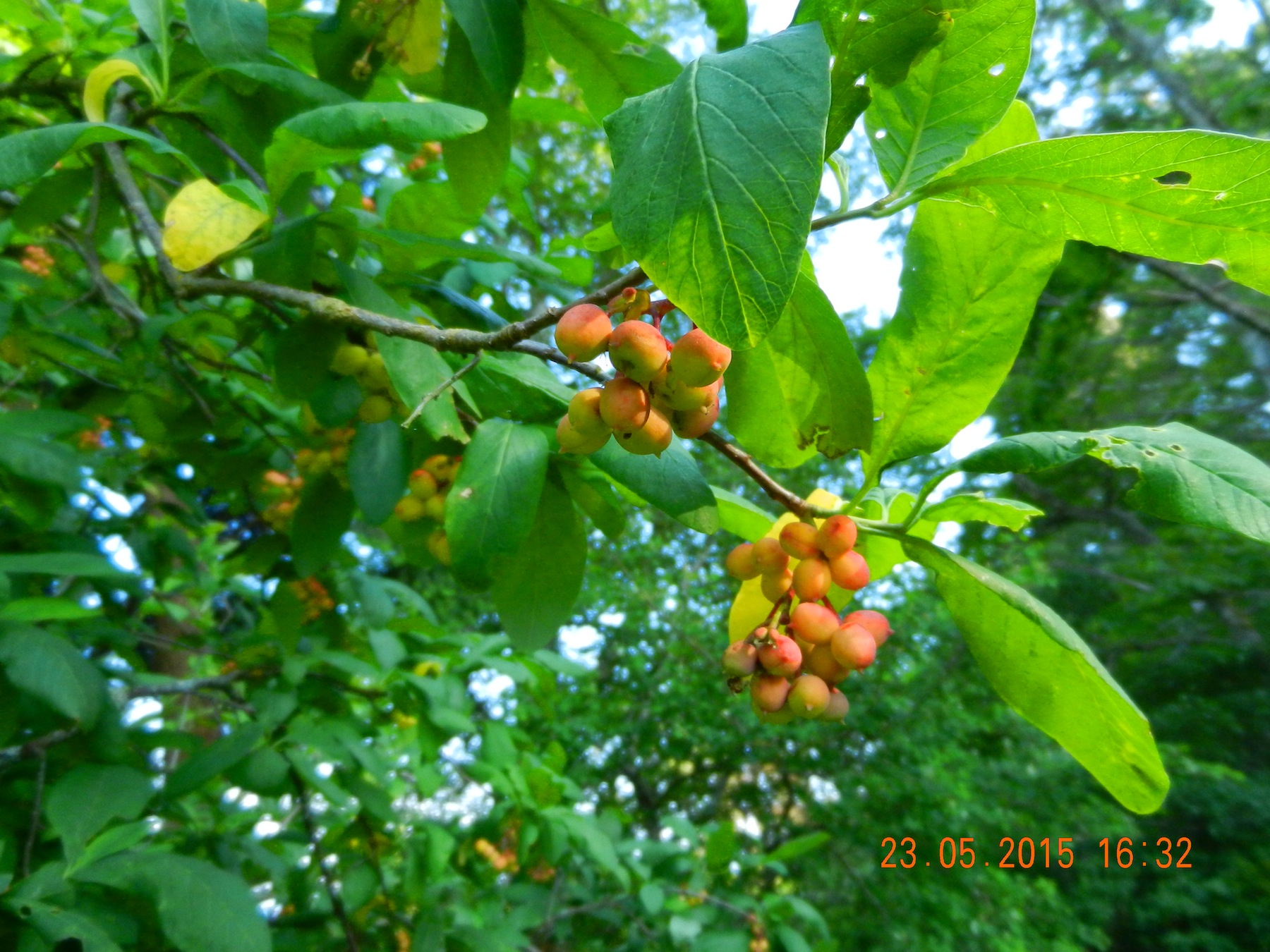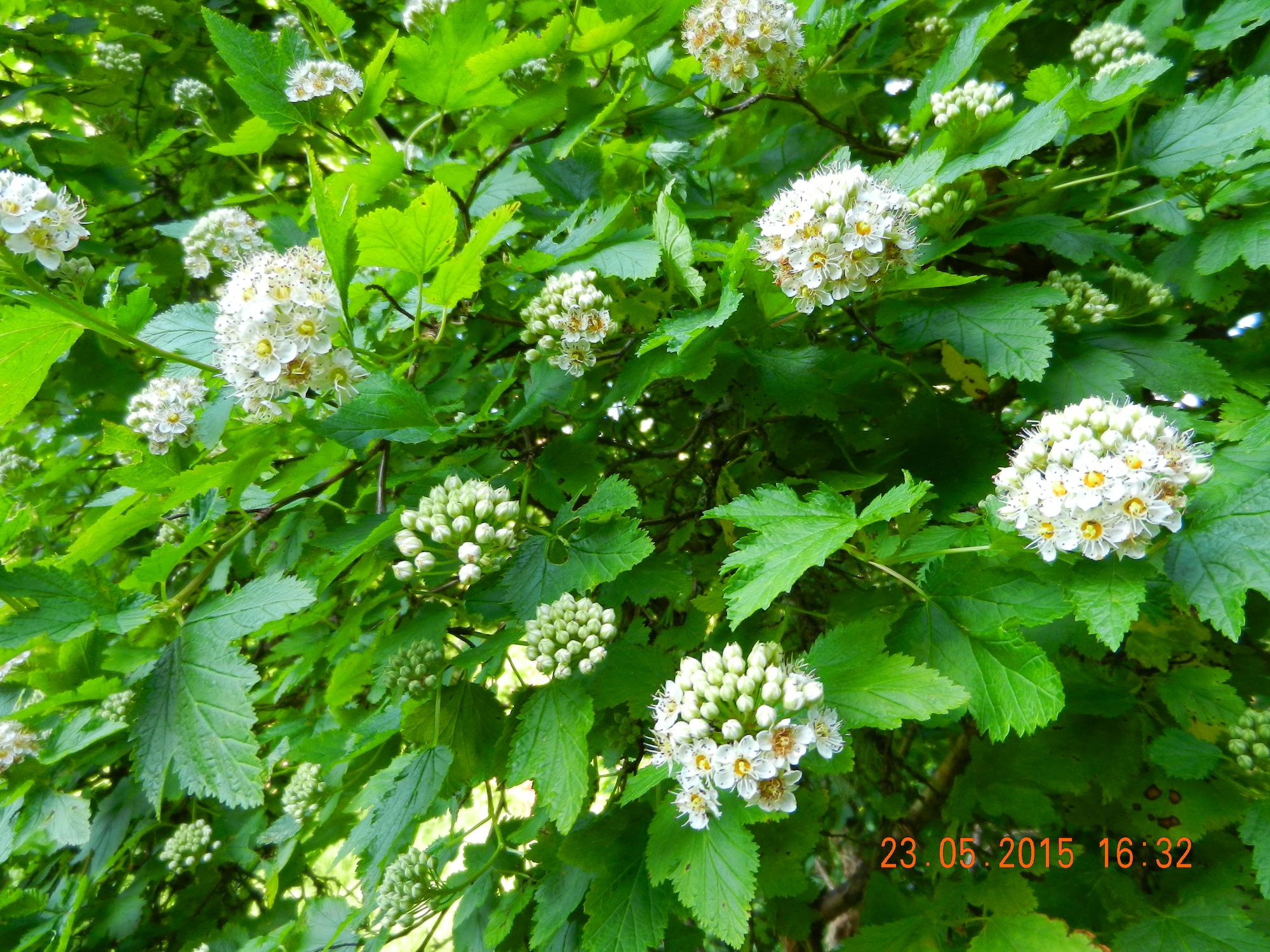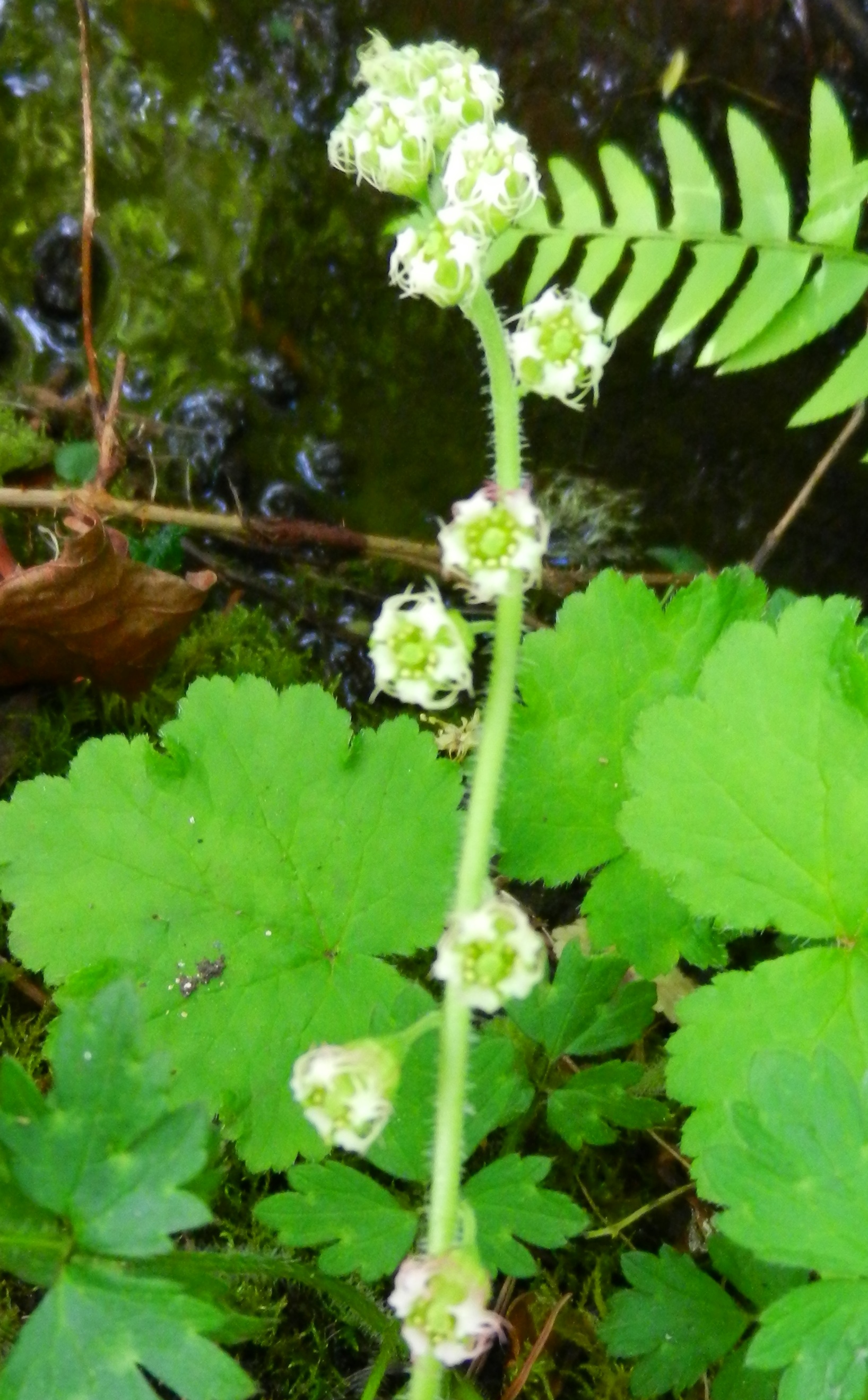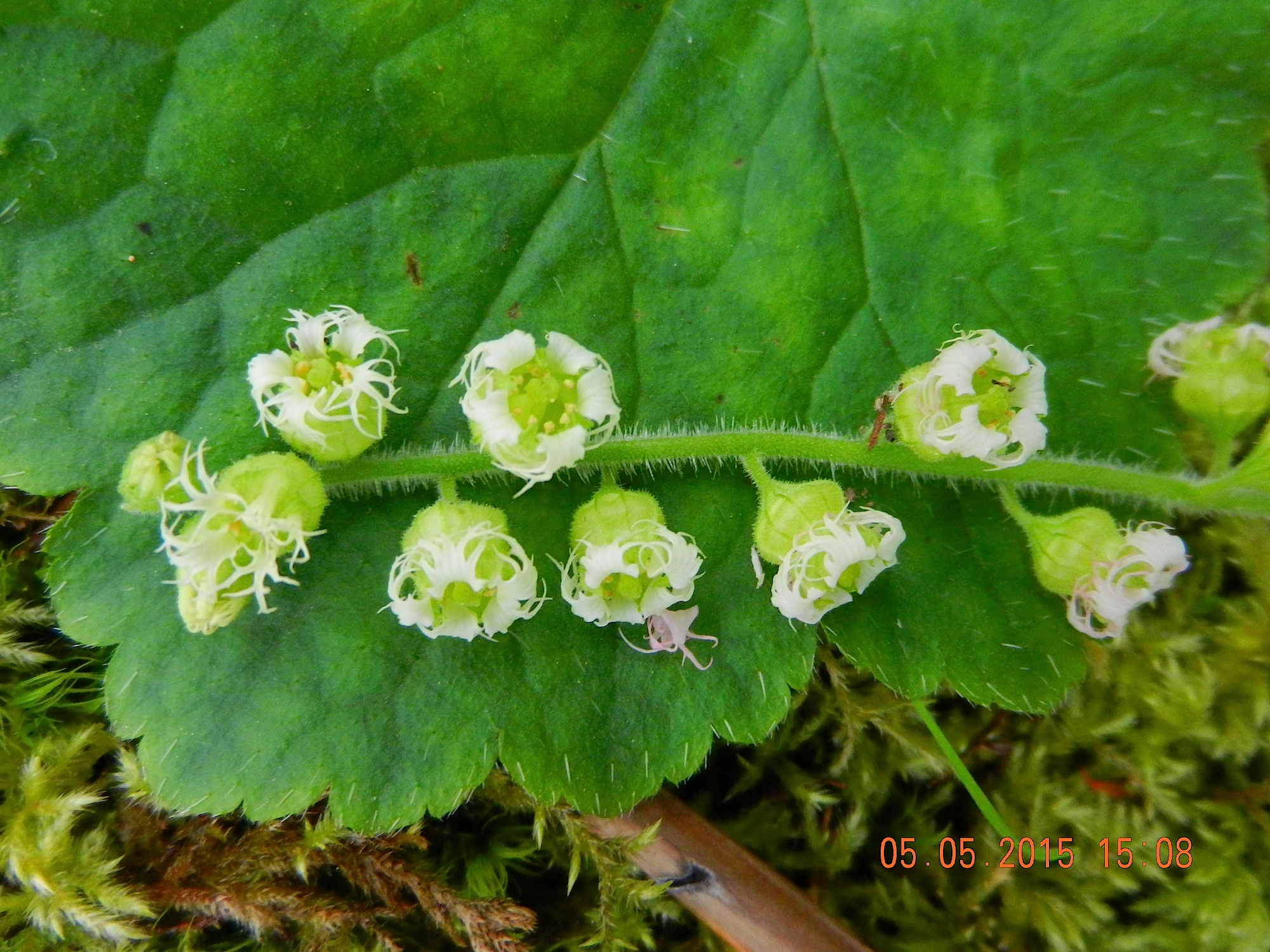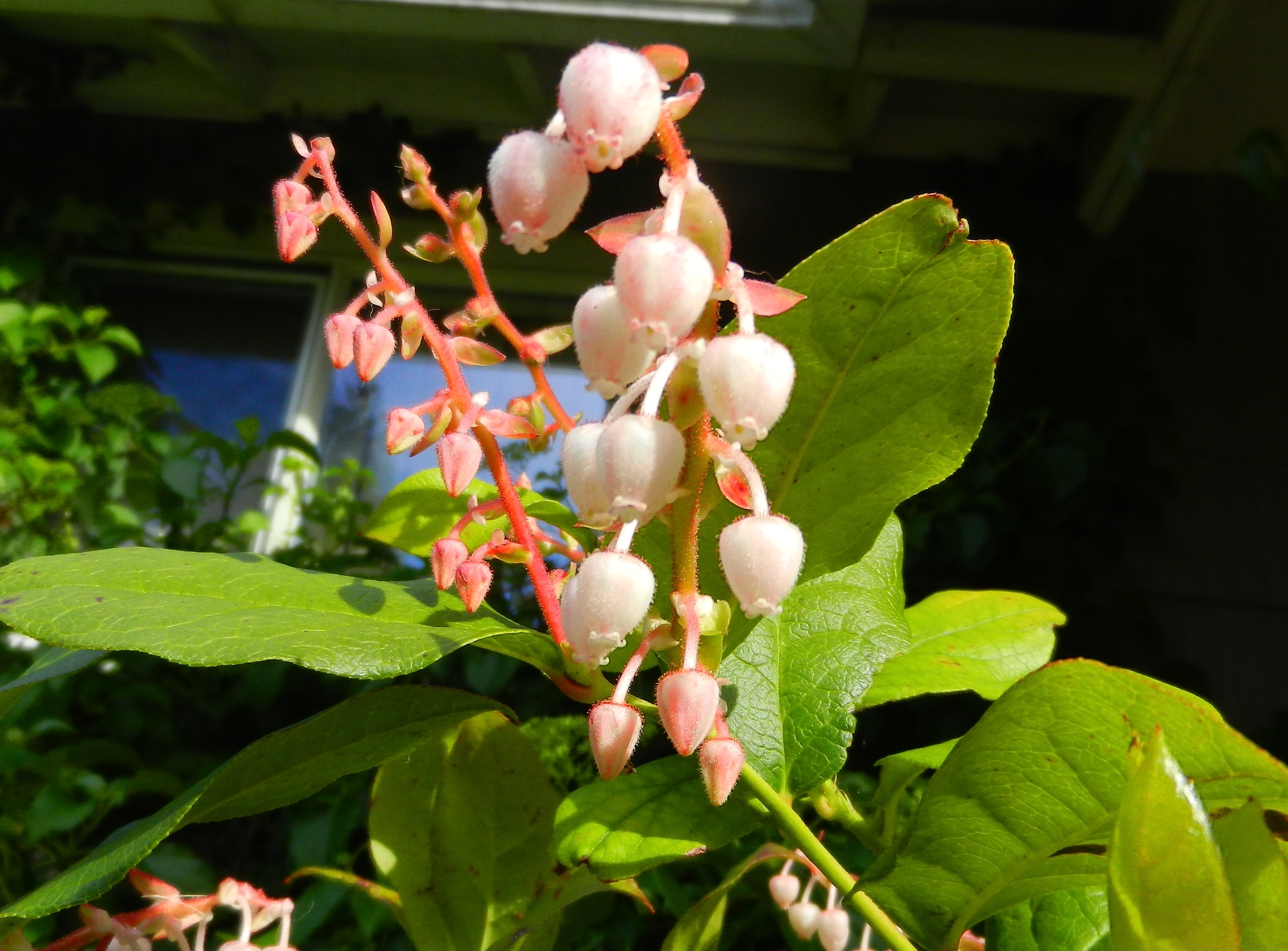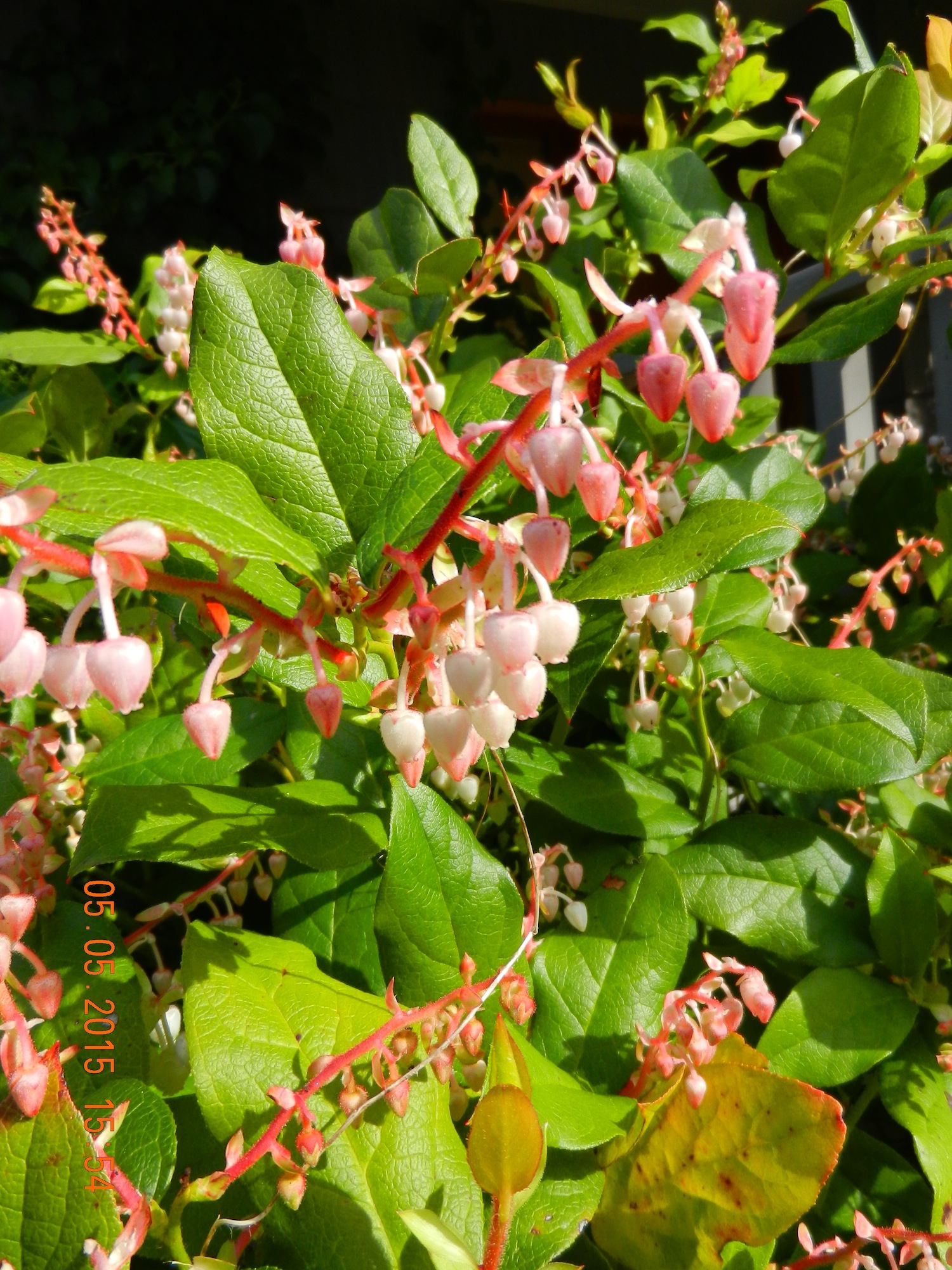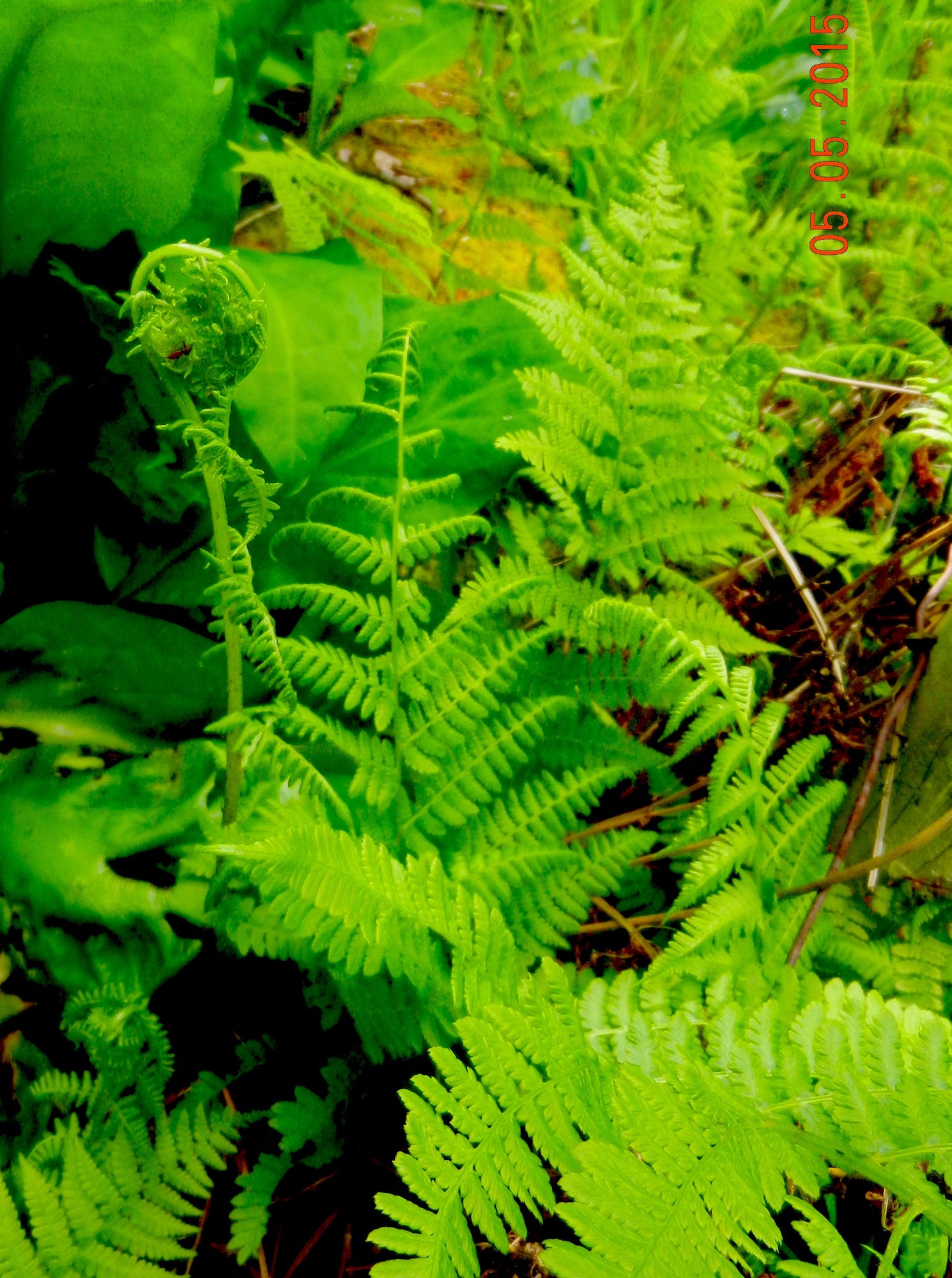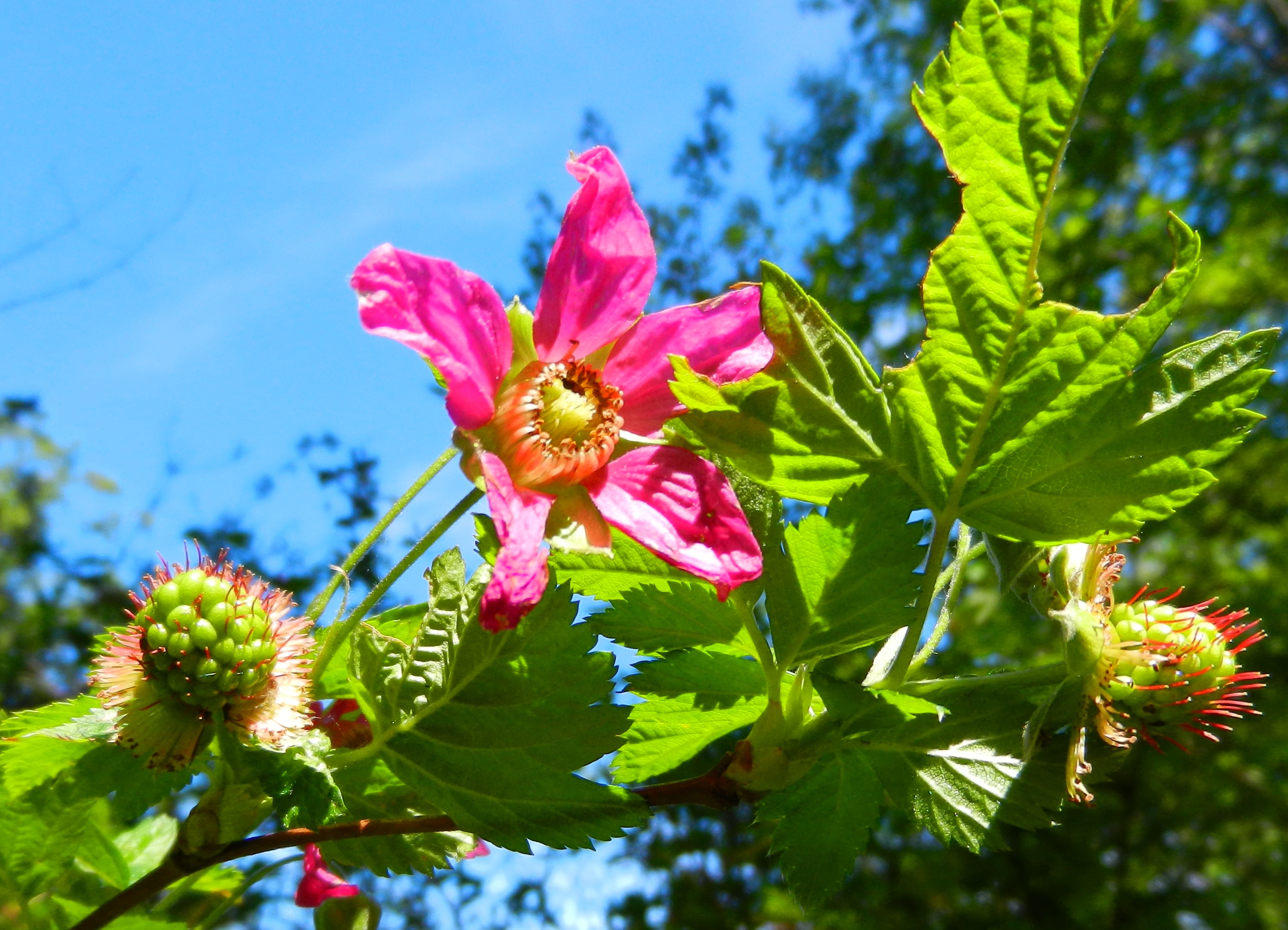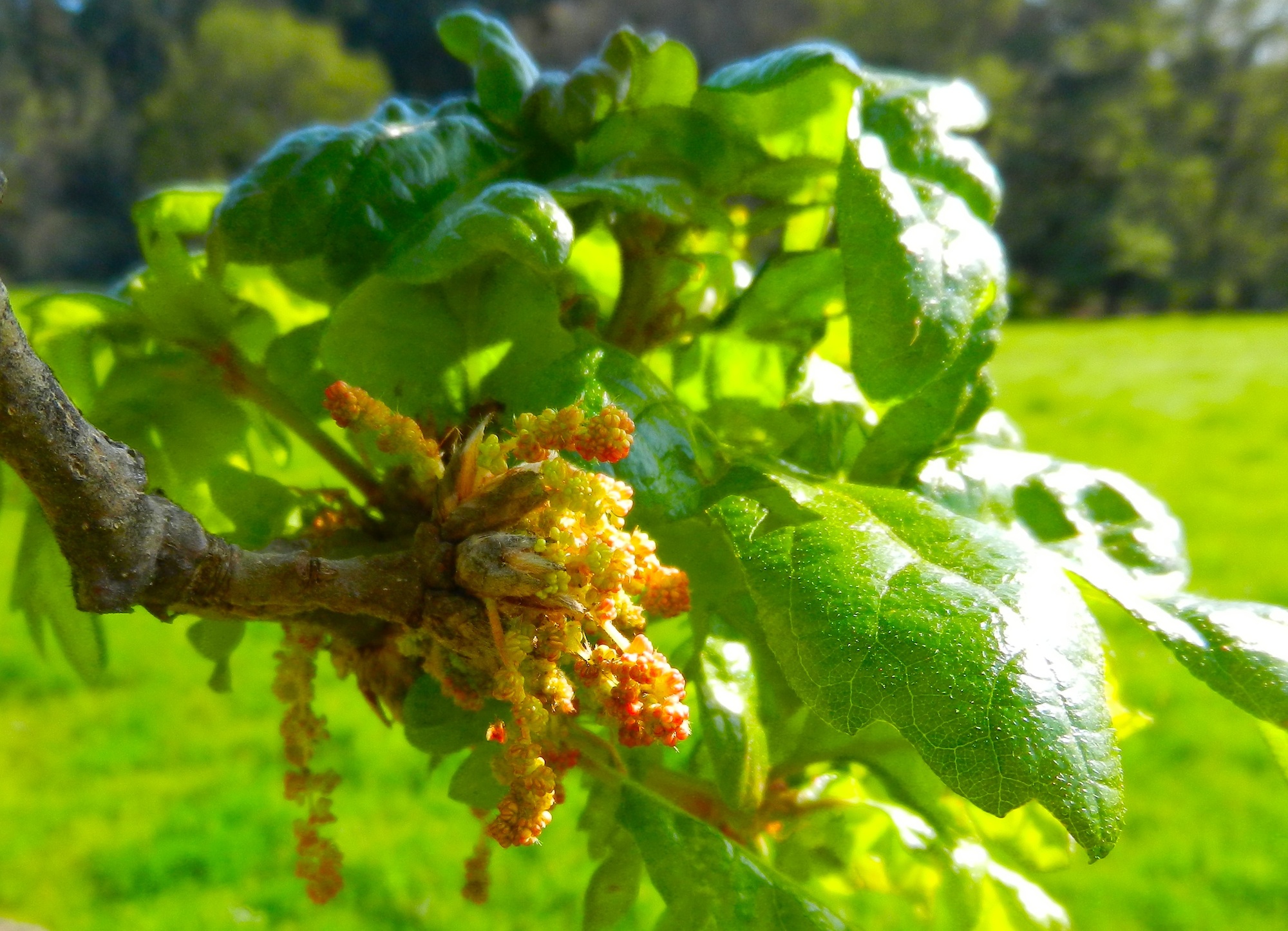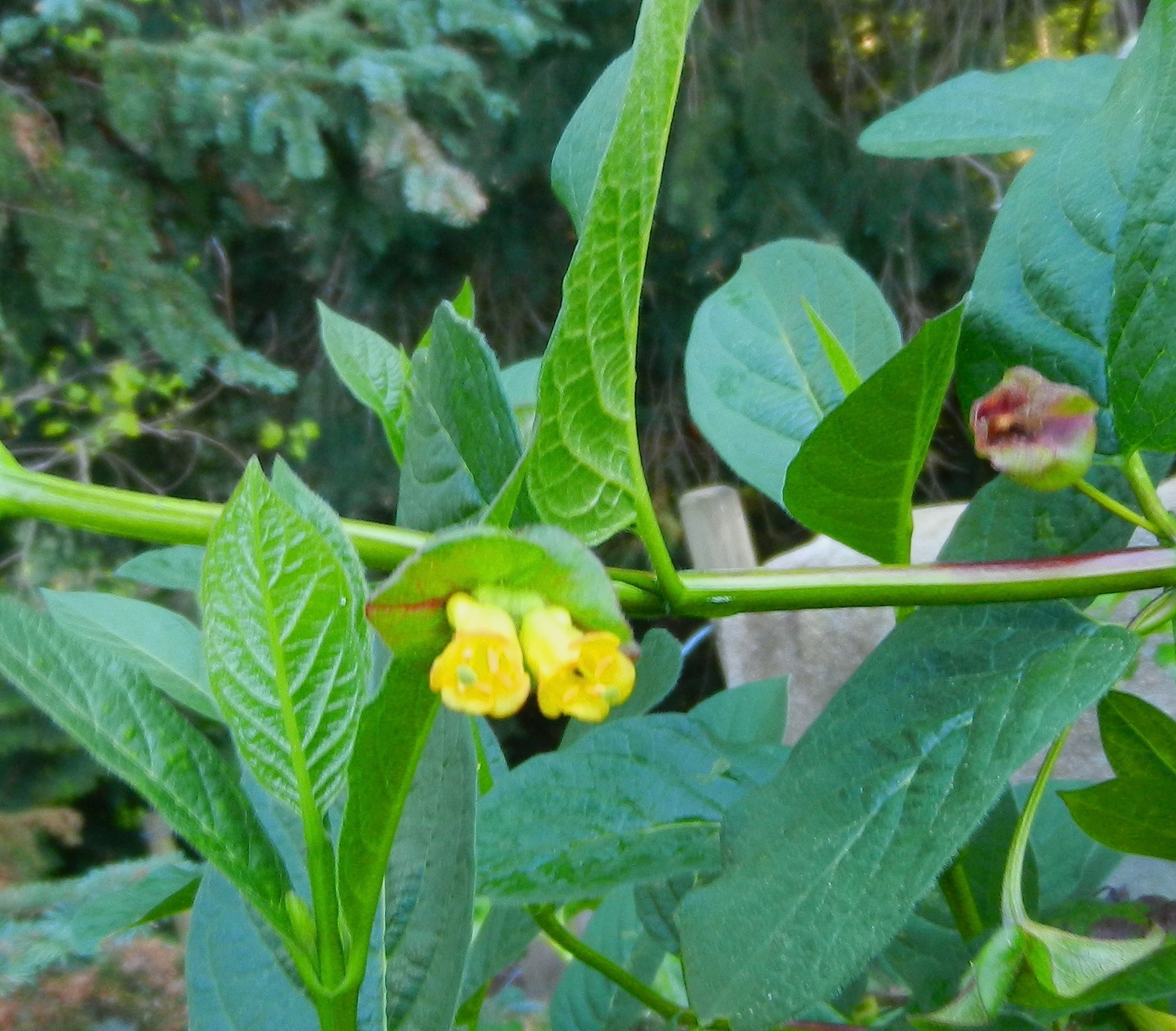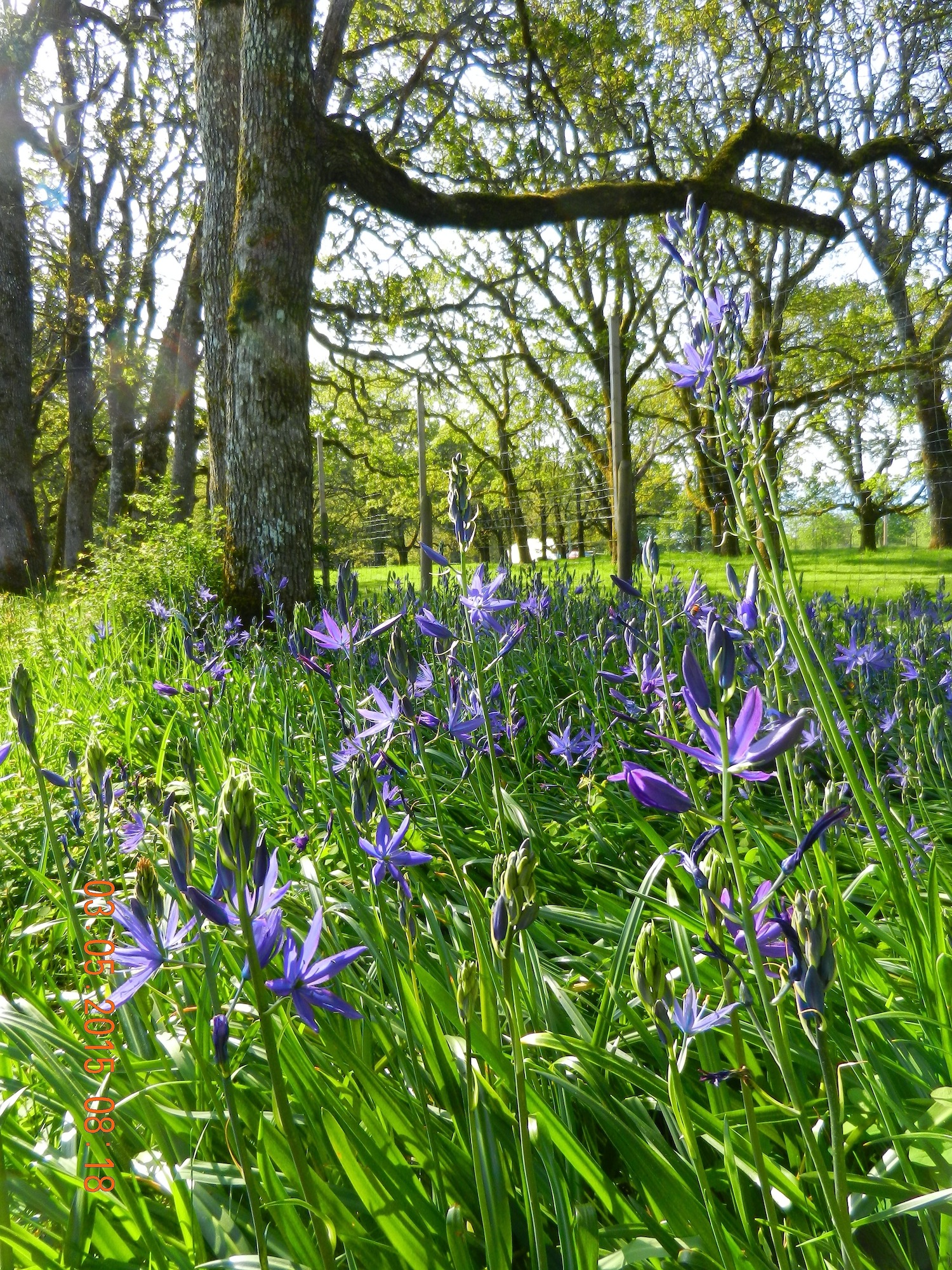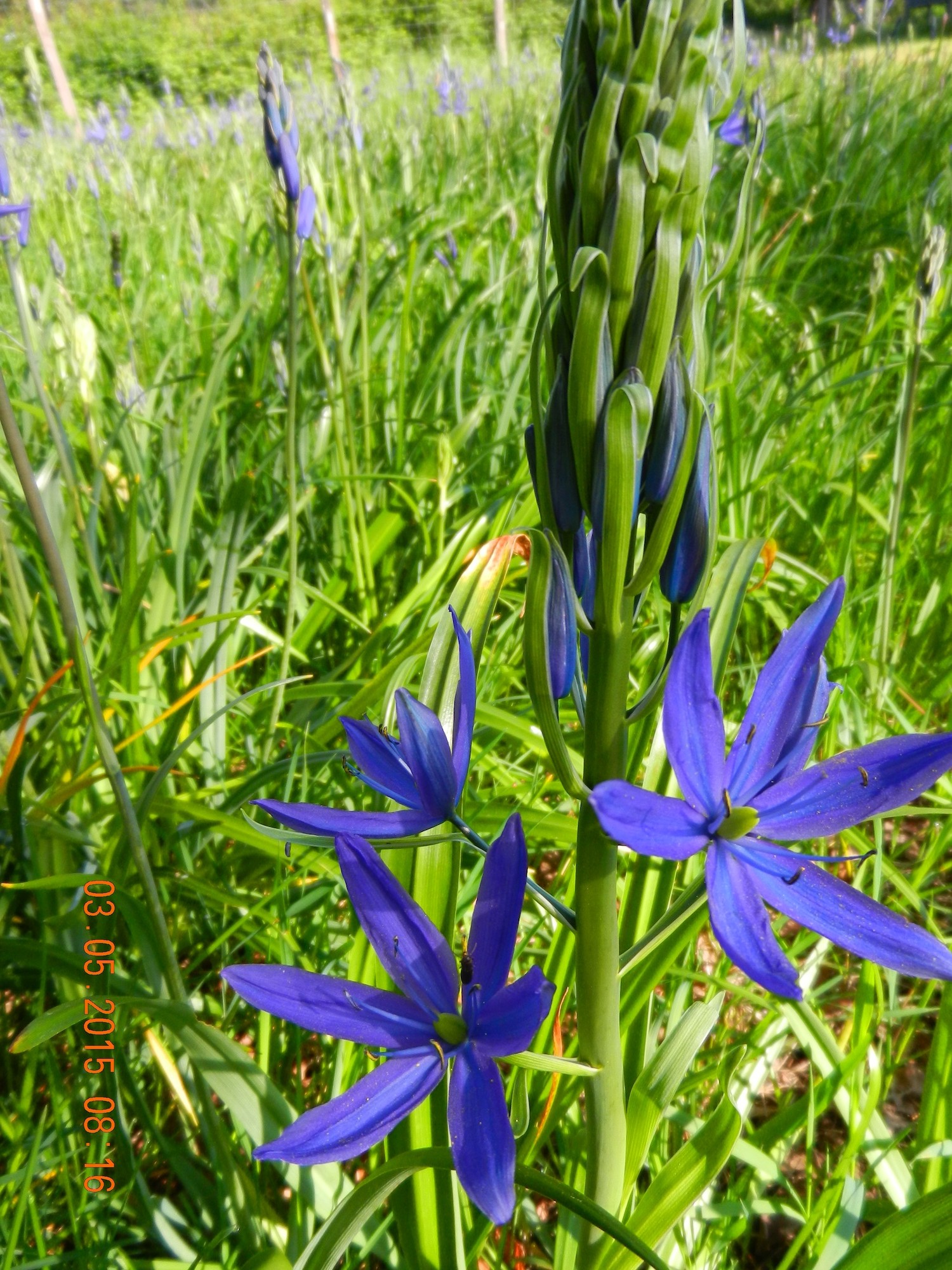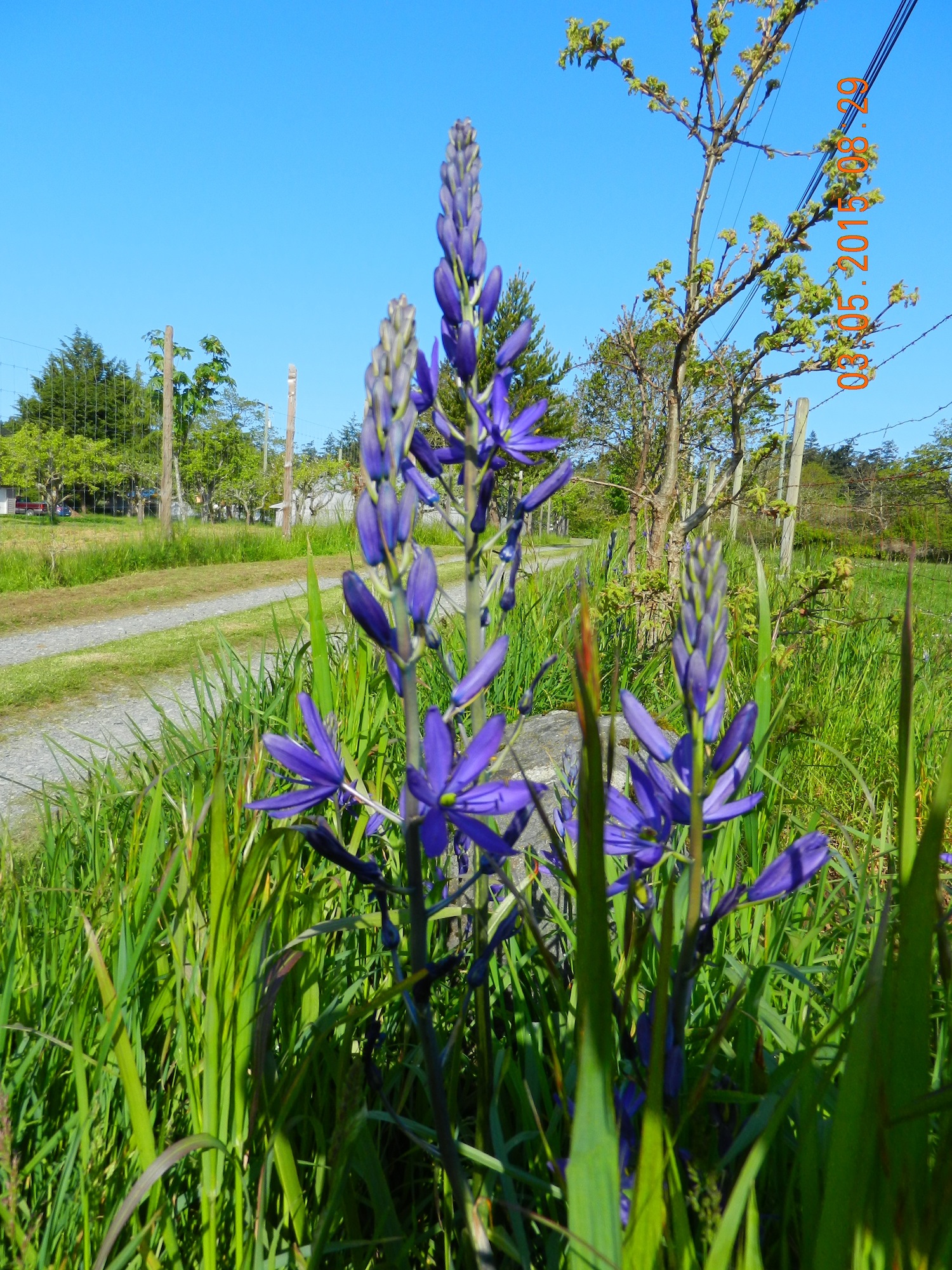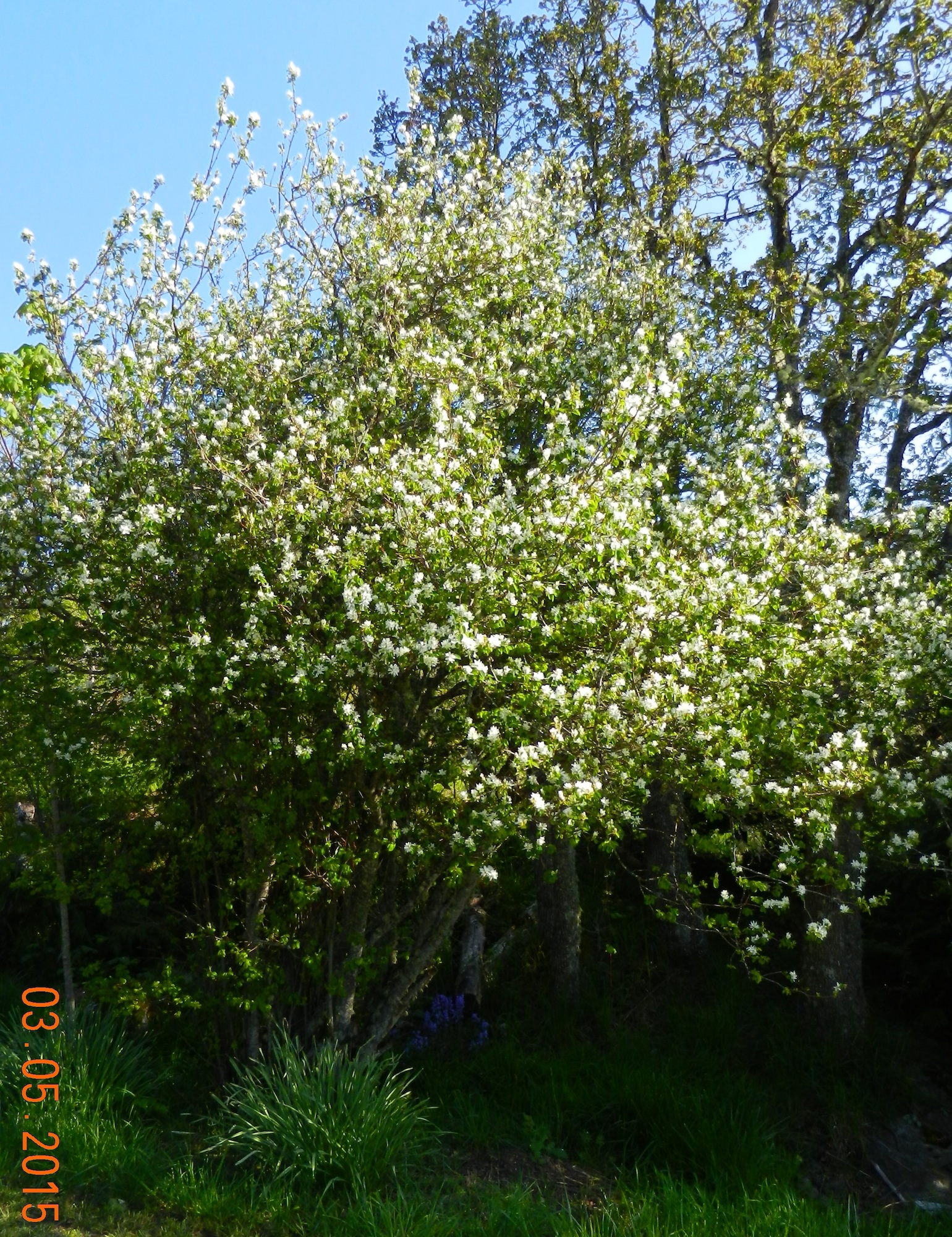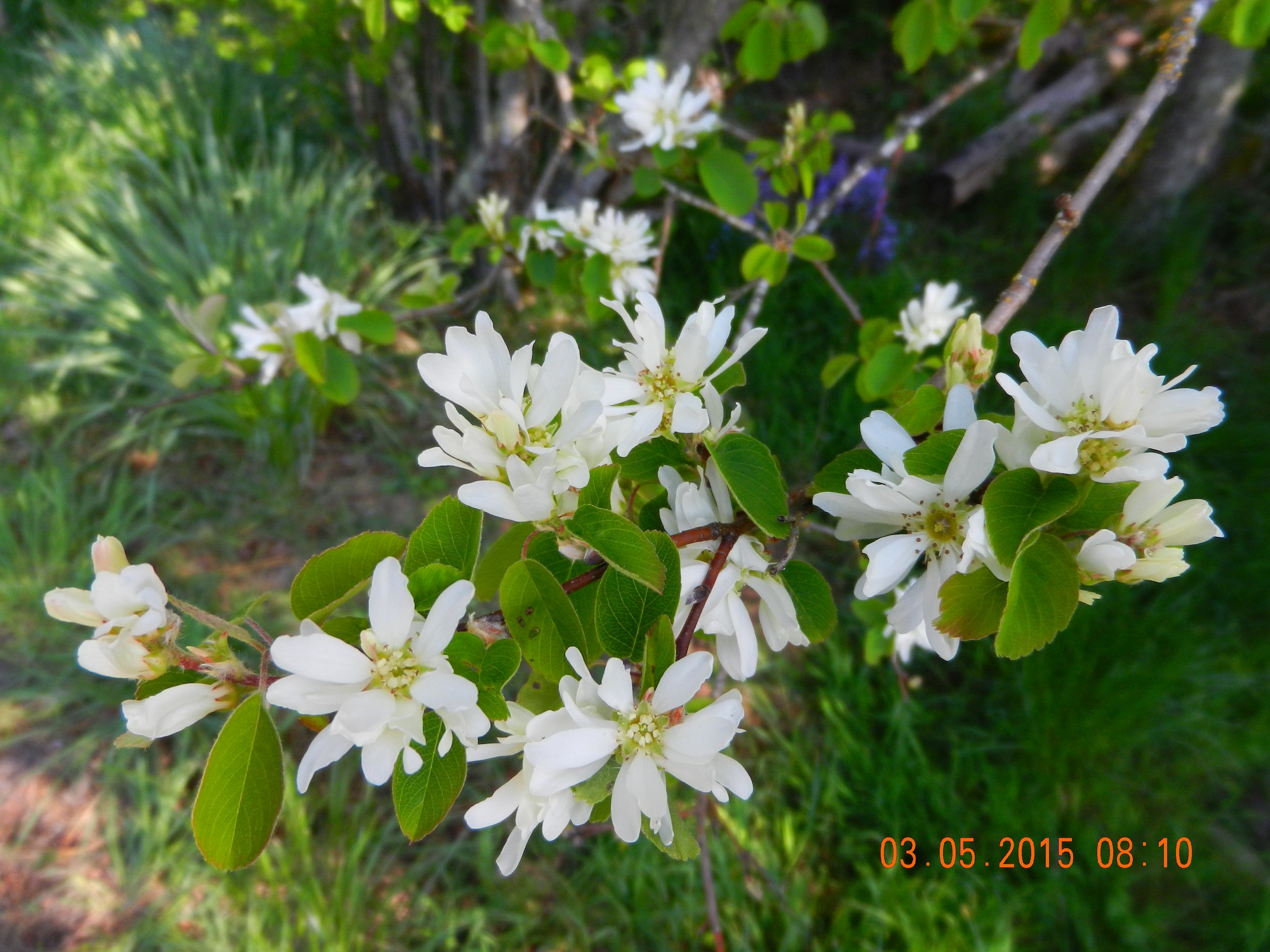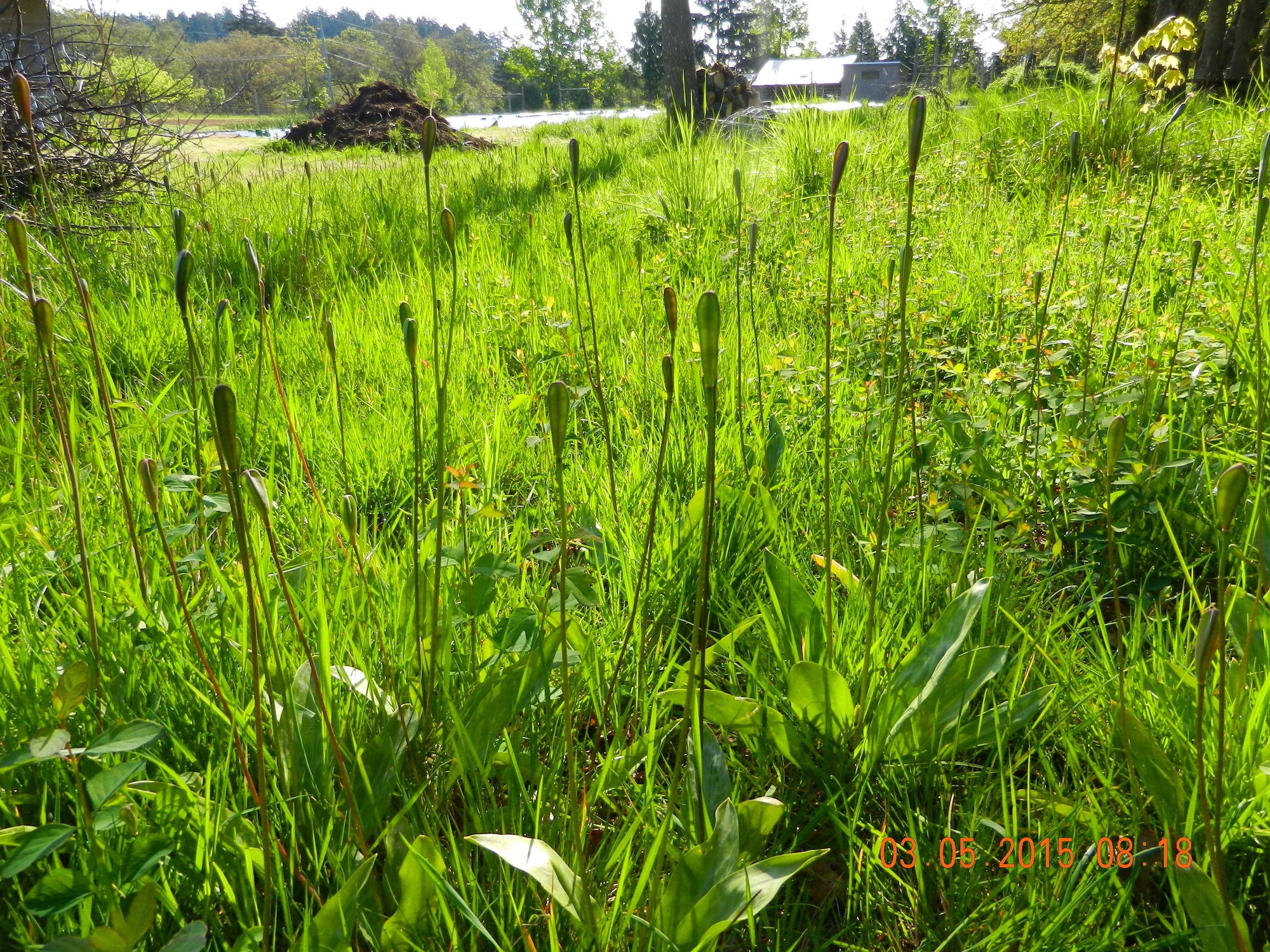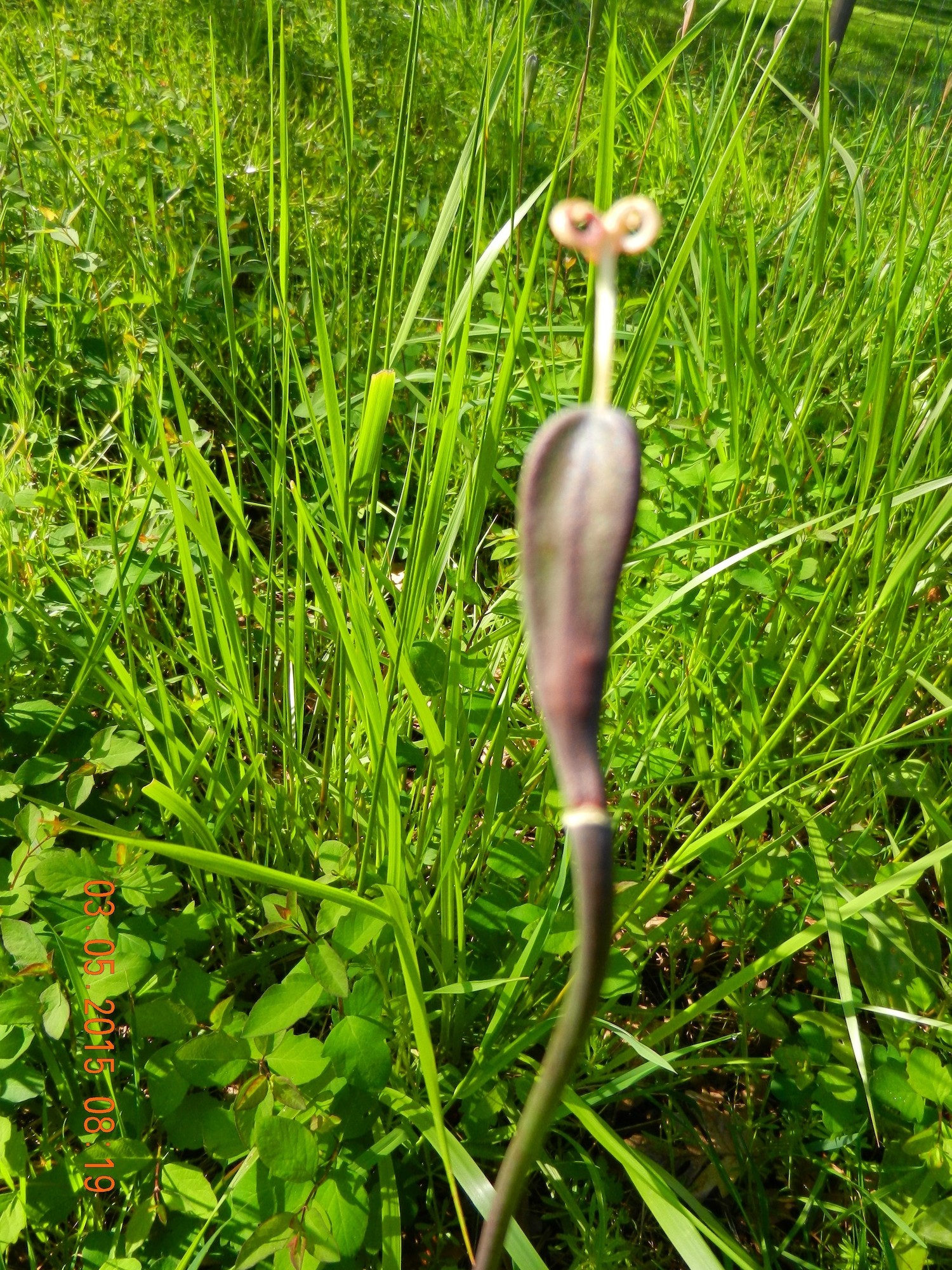I was fortunate to have on our property, a brackish water estuarine marsh in which grows the native Phragmites sp. reed grass.
See this file on the Gooch creek swamp which tells the story of how I had to “save” the Reed Grass beds from extirpation by the BC Forest Lands and Natural Resources Department: (FLNRO)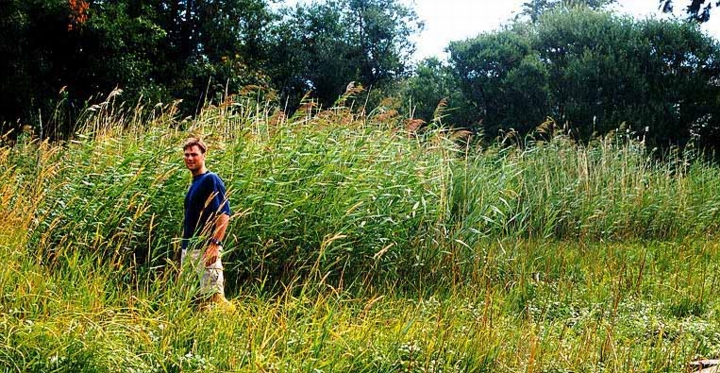 From Phragmites australis (Cav.) Trin. ex Steud. subsp. americanus I get the hollow tubes that I use for the mason bee homes. This is what they look like in late summer.
From Phragmites australis (Cav.) Trin. ex Steud. subsp. americanus I get the hollow tubes that I use for the mason bee homes. This is what they look like in late summer.
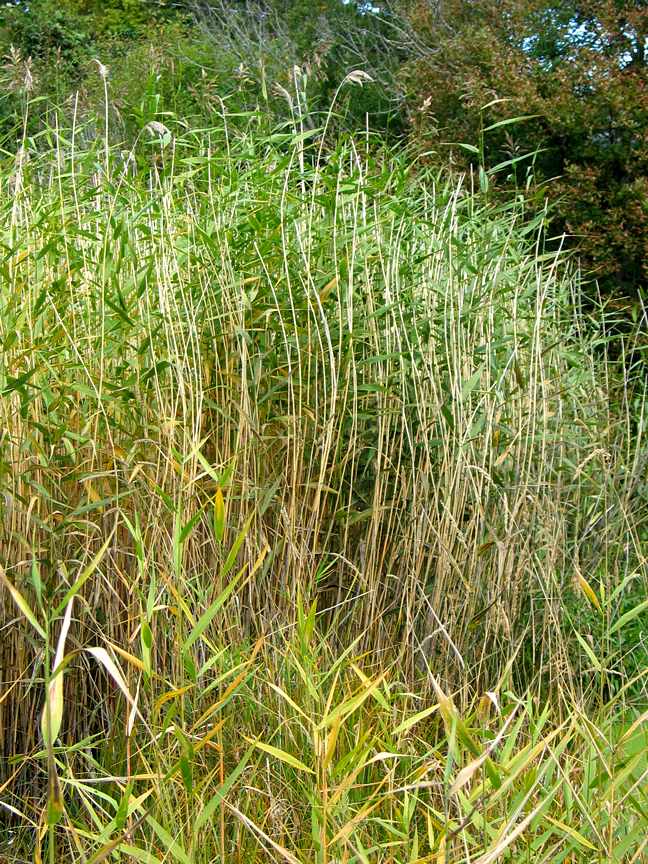
In about 1 in 20 plants, the stems are the ideal size for Mason Bees.
The tubes are cut in the early spring from the lower 1 metre of the stems.
The internode lengths range from 15 cm. to 30 cm . I select only those sections with an adequate tube diameter. 5/16 ” diameter is ideal.
Since this reed grass is not generally available, it is easiest to sandwich small plates of wood with 5/16″ channels routered or sawn into them . There are many references on the internet that show how to do this.
See this post on Harvesting and Cleaning the Mason Bees in the fall.
